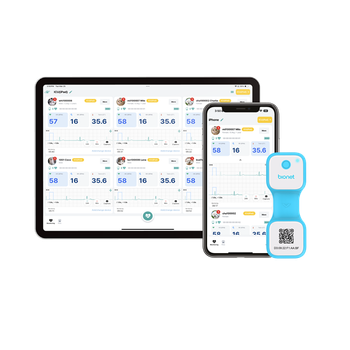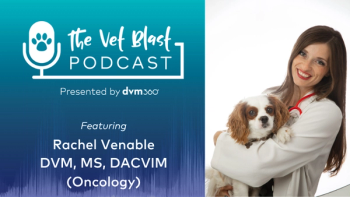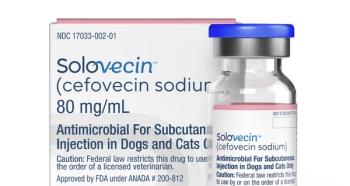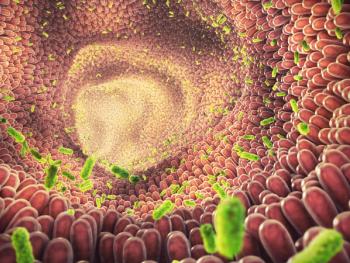
Measurements of blood-lactate levels help in assessing critically ill patient
Under aerobic conditions, the intermediate product of glycogenolysis, pyruvic acid, follows an aerobic glycolysis pathway and eventually participates in the Citric-acid cycle or "Krebs cycle" that provides substrates (16 H+) for the oxidative phosphorylation. This oxidative phosphorylation provides a large amount of energy for the cells. Under anaerobic conditions, pyruvic acid follows a different route, the anaerobic glycolysis pathway, and the end-product of this complex cascade of reactions results in accumulation of lactate.
Under aerobic conditions, the intermediate product of glycogenolysis, pyruvic acid, follows an aerobic glycolysis pathway and eventually participates in the Citric-acid cycle or "Krebs cycle" that provides substrates (16 H+) for the oxidative phosphorylation. This oxidative phosphorylation provides a large amount of energy for the cells. Under anaerobic conditions, pyruvic acid follows a different route, the anaerobic glycolysis pathway, and the end-product of this complex cascade of reactions results in accumulation of lactate.
This anaerobic glycolysis provides much less energy for the body compared to aerobic metabolism but represents a necessary effort to provide power for the cells of the body under undesirable conditions, such as hypoxia. After production, lactate is transported to the liver for eventual metabolism. If lactate production exceeds the liver capacity for metabolism, then hyperlactatemia occurs.
Figure 1 outlines these pathways. The clinician also should be aware that some reported metabolic muscle disorders also can result in resting or post-exercise hyperlactatemia. (The Veterinary Clinics of North America, G. Diane Shelton, S. Platt).
Figure 1
Hypoxia and secondary hyperlactatemia develop in the critically ill patient in many different situations, but they are most commonly associated with tissue hypoperfusion. Canine gastric dilatation-torsion (GDV), equine colic, cardiovascular disease, pulmonary disease, sepsis and canine babesiosis are several examples for diseases that result in systemic hypoperfusion, hypoxia and hyperlactatemia. In GDV, the level of plasma lactate concentration is not only associated with gastric necrosis, but also with the severity of systemic hypoperfusion and circulatory compromise. In a recent veterinary publication (Mirinda N. et al. Prognostic Value of Blood Lactate, Blood Glucose, and Hematocrit in Canine Babesiosis, J Vet Intern Med 2004; 18:471-476) reference was made to human studies which found that measurement and follow up of serial blood lactate levels were the best prognostic indicator for survival of critically ill patients. The ability to resolve or reduce hyperlactatemia within the first 24 hours after presentation also had strong association with survival. The authors suggested that if blood lactate level cannot be sufficiently decreased after one hour of aggressive therapy, then alternative treatment should be considered. In humans, blood-lactate level elevation precedes the clinical deterioration of the patient, making the blood-lactate concentration an early prognostic indicator.
The normal resting blood lactate level in dogs is between 1.8 and 22.5 mg/dl or <2.5 mmol/L. In their study of 90 dogs with canine babesiosis, the authors noted that the best predictor of survival was obtained at 24 hours after initiating treatment with antibabesial drugs (and transfusion "as needed"). In this specific study, lactates >40 mg/dl at 24 hours correctly predicted death in every case. Conversely, if the lactate at 24 hours was <40 mg/dl, then the patient always would survive.
There are several options available for the practicing veterinarian to measure blood-lactate concentration. Regardless which method is chosen, plasma-lactate concentration ideally should be measured immediately after venous blood collection. Some methods require collecting whole blood in a potassium oxalate-sodium fluoride "grey-top" tube before assay, while others require "bedside" introduction directly into a cartridge.
In conclusion, serial measurements of blood-lactate levels can be very helpful in the assessment of the critically ill patient. When used in conjunction with serial physical examinations, follow-up lactate determinations can provide valuable information allowing the veterinary clinician to assess the effectiveness of the current therapy and help in prognostication. This can assist the owner in his or her difficult choice between continued treatment or euthanasia in some critical cases.
Newsletter
From exam room tips to practice management insights, get trusted veterinary news delivered straight to your inbox—subscribe to dvm360.






